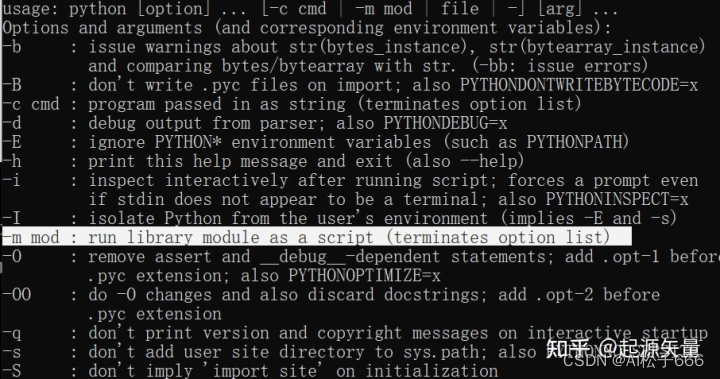文章目录
- hist+scatter
- hist2d
hist+scatter
如果想描述二维数据的分布特征,那么一个直方图显然是不够用的,为此可使用两个直方图分别代表x和y方向上的分布情况,同时透过散点图查看其整体的分布特征。
下面创建一组二元高斯分布的数据,用于直方图测试。多元高斯分布的主要参数仍为期望和方差,但所谓多元分布,在坐标层面的表现就是坐标轴的个数,也就是向量维度。所以N个元素对应N维向量,也就有N个期望;而方差则进化为了协方差矩阵
import numpy as np
import matplotlib.pyplot as plt
mean = [0, 0]
cov = [[0, 1], [10, 0]]
x, y = np.random.multivariate_normal(mean, cov, 5000).T
其中,x,y就是待统计的数据。
fig = plt.figure()
gs = fig.add_gridspec(2, 2,
width_ratios=(4, 1),
height_ratios=(1, 4))
ax = fig.add_subplot(gs[1, 0])
ax.scatter(x, y, marker='x') # 散点图绘制
xHist = fig.add_subplot(gs[0, 0], sharex=ax)
xHist.tick_params(axis="x", labelbottom=False)
yHist = fig.add_subplot(gs[1, 1], sharey=ax)
yHist.tick_params(axis="y", labelleft=False)
binwidth = 0.25
lim = (int(np.max(np.abs([x,y]))/0.25) + 1) * 0.25
bins = np.arange(-lim, lim + binwidth, binwidth)
xHist.hist(x, bins=bins)
yHist.hist(y, bins=bins, orientation='horizontal')
plt.show()
其中,tick_params用于取消直方图左侧和下面的坐标刻度,效果如下

hist2d
相比之下,hist2d可以更加便捷地绘制直方图,并以图像的形式反馈回来
plt.hist2d(x,y,bins=40)
plt.show()
其中,x,y即x和y轴分别要统计的样本值,bins和hist中的参数相同,表示数据条个数,只不过对应到图像中,数据条变成了数据块,效果如图所示

当然,也可以把hist+scatter图中的散点图代之以hist2d
fig = plt.figure()
gs = fig.add_gridspec(2, 2,
width_ratios=(4, 1),
height_ratios=(1, 4))
ax = fig.add_subplot(gs[1, 0])
ax.hist2d(x, y, bins=40) # 散点图绘制
xHist = fig.add_subplot(gs[0, 0], sharex=ax)
xHist.tick_params(axis="x", labelbottom=False)
yHist = fig.add_subplot(gs[1, 1], sharey=ax)
yHist.tick_params(axis="y", labelleft=False)
binwidth = 0.25
lim = (int(np.max(np.abs([x,y]))/0.25) + 1) * 0.25
bins = np.arange(-lim, lim + binwidth, binwidth)
xHist.hist(x, bins=bins)
yHist.hist(y, bins=bins, orientation='horizontal')
plt.show()

